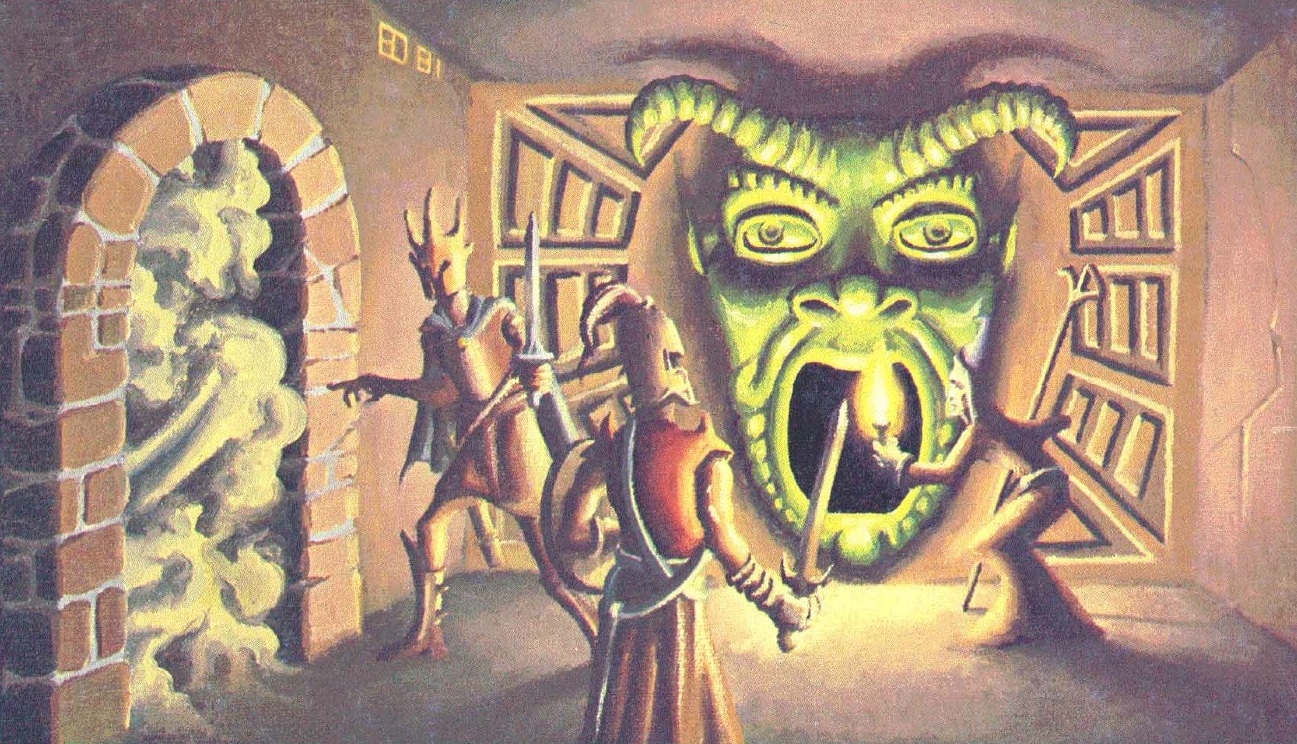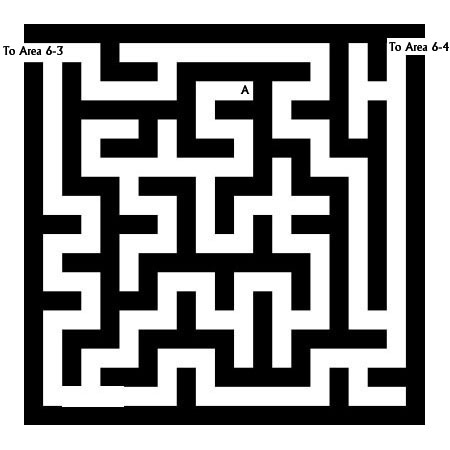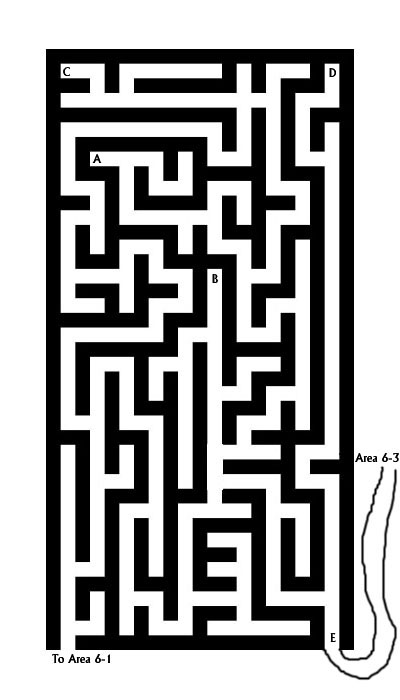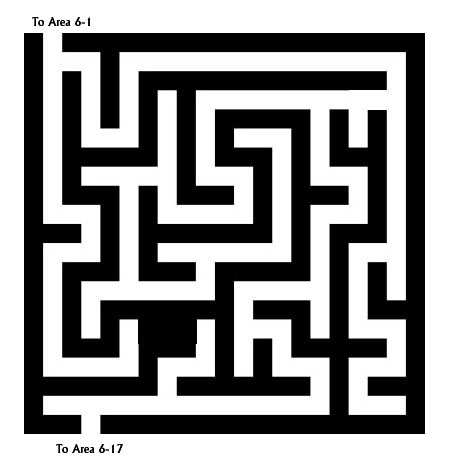
I’ve spent most of my free time for the past two weeks prepping what I hope will turn out to be a really fantastic D&D campaign. It started life as an Order of the Stick-inspired desire to do some old school dungeon-crawling. I’ve been aching to return to Rappan Athuk, one of the greatest dungeons ever designed, ever since I ran a very successful one-on-one session with my good friend Dave Blackmer a couple years back. So I picked up my Rappan Athuk modules and started prepping a barebones setting to drop the dungeon into.
As I worked, though, it didn’t take long for my quick, barebones preparation to become increasingly elaborate and detailed. In addition to a plethora of original work, the campaign now includes material incorporated from The Crucible of Freya, The Vault of Larin Karr, The Tomb of Abysthor, Demons and Devils, Demon God’s Fane, Beyond the Veil, and more. Putting the best of Necromancer Games and Monte Cook together in one room has created a truly remarkable synergy that’s really gotten my own creative juices flowing.
In a couple of days I’m hoping to have a new sub-level for Rappan Athuk that I’ve prepped converted into a “suitable for general comprehension” format so that I can share it here. But I’m in a roleplaying mood, so I thought I’d share something else with you.
On Halloween this year, Wizards of the Coast posted Bruce Cordell’s v3.5 conversion of Gygax’s classic Tomb of Horrors. For those of you unfamiliar with the Tomb, the module was first released in 1978 as one of the first modules available for the AD&D game, after being used for the Official D&D tournament held at the very first Origins convention. At the time it was a fairly innovative product: In addition to the “map and key” presentation which was standard for the time, Tomb of Horrors also came with a pamphlet of forty illustrations, each presenting some part of the module which could be shown to the players at the appropriate time.
But it wasn’t the illustrations which made the Tomb a classic: It was the deathtraps. No module has left more characters cowering in terror, unable to open the next door out of sheer fear of the doom that surely awaits them, than the Tomb of Horrors.
A couple of years ago I did my own v3.5 conversion of the infamous Tomb. My version went a bit further than Cordell’s has, largely because there is a very significant and very legitimate critique of the Tomb: There are many places where the module just doesn’t play fair. The Tomb is more effective if the players can look back and regret the choices they made because they could have made a different choice. The Tomb as written, unfortunately, features many junctions where death is simply capricious. Opening a random door with an undetectable and inescapable death trap isn’t as much fun as opening a door that triggers a trap you can desperately attempt to escape. My version of the module doesn’t make things any easier (in fact, it often makes it more difficult) — but it does play fair. So that, when death comes, the players will feel terror, not resentment.
In my version I also focused the module on its trademark traps: Combat, already rare in the original Tomb, is rarer still. And always a result of a trap or trap-mentality. Most importantly, I include boxed text — making it very easy to make sure you’re giving precisely the right information about each area to the PCs (and no more).
For the past couple of years, I sporadically tried to get various people interested in publishing an updated version of the Tomb. There didn’t seem to be any interest. So I’m delighted that Cordell’s version has seen the light of day. Even if I’m secretly bitter and resentful that it wasn’t mine. (Okay, there’s not really any bitter resentment. A little secret disappointment, perhaps.)
But rather than letting my version of the Tomb molder on my hard drive, I’m going to share it with you here:
The Tomb of Horrors (RTF)
Map 1
Map 2
Map 3
Map 4
Map 5
Map 6
Zip File (All of the Above)
You’ll also want to grab either the original module or Return to the Tomb of Horrors (which includes a facsimile of the original module) for the original handouts. These handouts can also be found in the Bruce Cordell version, interspersed throughout the text.
If you end up running my version, I’d be very interested in hearing how it went. This adventure can be a lot of fun when used a one-shot. I’ll frequently pull it out if some of my players can’t show up for the game.
To give you some idea of what you’ll find inside, let me present a sample area from the module:
AREA 7 – THE FORSAKEN PRISON
This chamber is a 15’ by 15’ shaft 100’ deep, carved out of solid granite. Characters teleporting to this area from the Arch of Mist (Area 5) materialize at the top of the shaft and automatically plummet to the bottom of the shaft, taking 10d6 points of falling damage.
[[HANDOUT #9]]
FIRST LEVER: At the bottom of the shaft is a lever built into the wall. The lever is marked with Acererak’s sigil. Pulling the lever causes the floor – which is a trap door – to drop away, opening up another 100’ shaft. Characters falling down the second shaft take 10d6 points of falling damage. The character who pulled the lever may make a Reflex saving throw (DC 15) to grab onto the lever, rather than falling down the pit.
TRAP DOOR: The trap door here is illusion protected and also requires a Search check (DC 25) to detect. There is no way to determine that the lever is the triggering mechanism, but the trap door itself can be prevented from opening with a successful Disable Device check (DC 25). After 1d10 rounds, the trap door resets itself and can only be opened by pulling the first lever (which is now on the other side of the trap door of solid stone).
SECOND LEVER: At the bottom of the second shaft is another lever built into the wall. This lever – in all ways – appears to be identical to the first lever above. Pulling this lever, however, opens a secret door in the ceiling of the shaft leading to a crawl space (see below).
FLOOR: The floor of the second shaft is also a trap door, illusion protected and requiring a Search check (DC 25) to detect. And there is also another 100’ shaft below this trap door. But there is not, in fact, any triggering mechanism which opens this trap door.
WALLS: The walls are carved straight out of the rock face and smoothed. Scaling them requires a Climb check (DC 30).
SECRET DOOR: To find the secret door in the ceiling of the shaft before opening it requires a Search check (DC 25). The door is a solid slab of granite about 2’ thick (360 hp, hardness 8) and can only be opened by pulling the second lever. After 1d10 rounds, the secret door will close itself and can only be opened again by pulling the second lever.
CRAWL SPACE: The crawl space beyond the secret door is very narrow. See Area 3 for a complete description.















